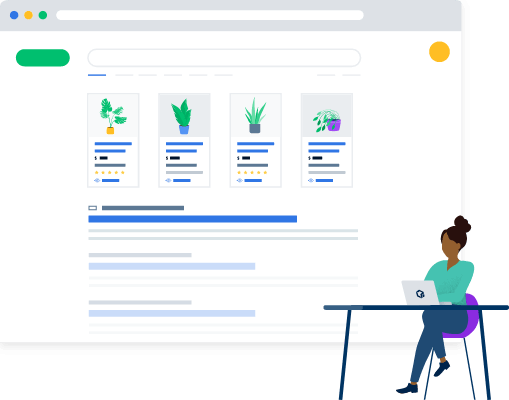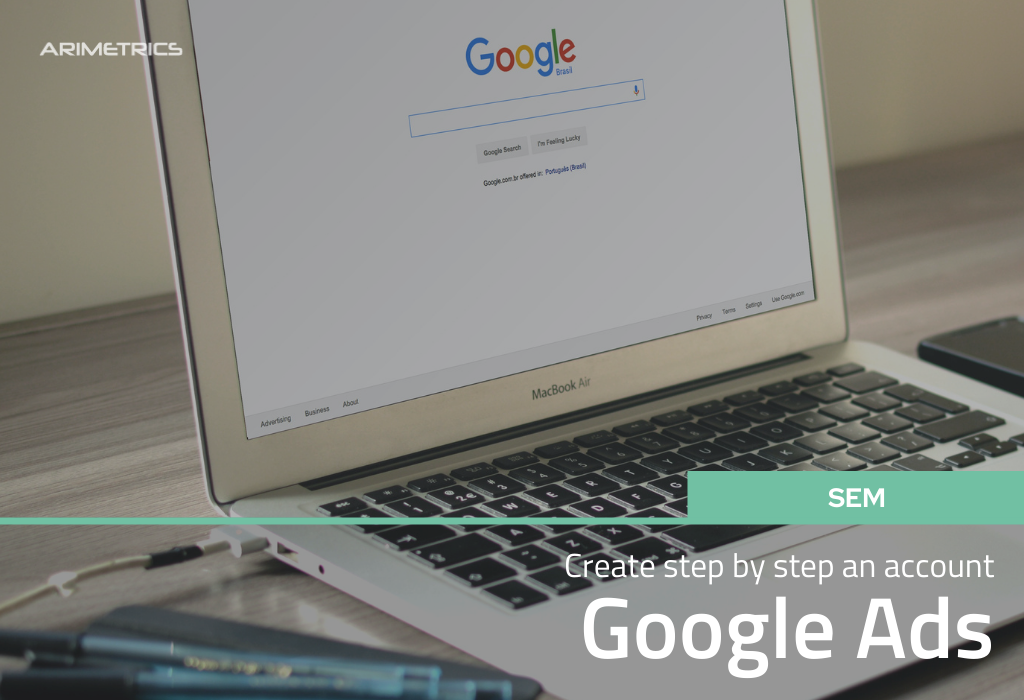
There are many options for advertising on Google. You can target specific age groups, genders or choose a goal according to the content of your site. You can also target ads based on where you are located, depending on what your goals are. YouTube and other websites are also owned by Google. You can place ads anywhere in the Ads Network and target your audience by gender, age, or even interests.
Set a daily budget
Each campaign has a daily budget. You can increase it every day or decrease it as needed. Google will compute it and keep it at $3,000 per monthly. Be aware of any spikes in demand to ensure your budget remains within those limits. For example, a holiday or other major event may result in a large spike in search query demand. You can adjust your budget if you know when they occur.
After you reach the daily budget, advertising with Google is no longer possible. Google's algorithm evenly disperses budgets from 12:00am to 11:59pm. Therefore, your ads might not appear until 11 a.m. the next day. When your campaign is more successful, you can increase daily budget. These tips will allow you to increase your budget without having to compromise your ad campaigns.

Targeting your audience
Google has updated its ad targeting capabilities. Google now allows you to consolidate audience demographics, segments, exclusions and other information into one simple tool. Your goals can be used to target your audience based upon location, gender and interests. By following these guidelines, you can create a customised ad that attracts only the people who are most likely to be interested in what you have to offer.
Once you've created your ad, you'll need to target it according to their behaviors. This is particularly useful for targeting people looking for cat food. Google will use demographics to analyze people's behavior during major life events. You can create an individualized ad for them using their preferences. Even though life events may not be as common as affinities and are more rare, they still correspond to many purchasing decisions.
The creation of a dynamic exclusionslist
Google advertising allows you to create a dynamic exclusions list. This will prevent ads from being placed on sites that contain certain content. This allows you to use third-party expertise and is simple to manage. You can upload these lists to your Google Ads account and schedule them to update themselves based on new web pages and domains. These lists can also be maintained by an agency/group.
You can exclude certain content, websites, or entire topics from your ads. However, dynamic exclusion lists allow you to specify which websites and content to exclude from your ad placement. Although it may seem confusing, this feature is an important addition to the advertising experience. It also demonstrates Google’s commitment to brand safety. After all, most consumers assume that ads that appear next to content are endorsements. Facebook, YouTube, Pinterest, and Pinterest have taken brand safety precautions to restrict where ads are placed. The new feature will not only make it easier to place ads, but will also allow advertisers to achieve better contextual targeting.

Tracking your campaign's performance
The next step in tracking your campaign's performance with Google is to set up custom reports for it. These reports allow you to drill down on various metrics to gain a deeper understanding of your campaign's performance. By assigning certain dimensions to different reports you can create custom reports that provide the information you require. You can then analyze the results to determine whether the campaign is working or not. To view how data changes over the time, you can export this data to a spreadsheet.
Your campaign URL can contain custom UTM parameters. These allow you to track how users interact and react with different versions. This URL can also be used by Google Analytics to track performance of offline marketing campaigns. You can change the default primary dimensions, such as Campaign Name. You can also add a tracking URL for your offline marketing campaigns by using UTM parameters.
FAQ
What is the best way to advertise in print?
Print advertising can be a powerful medium for communicating with customers. Print advertising is used extensively by companies to promote their products or services. The main goal is to catch the attention and buy from the consumer.
Print ads are typically one page long and include text, images, logos and other graphics. They can also include sound and animation as well video and hyperlinks.
These are the main types of print ads:
1. Brochures are large-format printed materials that are designed to draw people into shops. Brochures are filled with eye-catching designs, colorful pictures, and attractive graphics.
2. Catalogues - These are smaller versions of brochures. These are usually sent to customers who request information about specific items.
3. Flyers – These are tiny pieces of paper distributed at events like concerts or fairs. They are generally free but must be paid for if they are handed out at retail outlets.
4. Posters - These are larger versions of flyers. These flyers can be displayed on buildings, fences and walls. They are usually created using computer software programs designed to catch passersby's attention.
5. Direct mail – These are direct mail letters and postcards sent to potential customers. These are sent out by companies to remind customers about their business.
6. Newspaper Ads - These advertisements are found in newspapers and magazines. These ads are often quite long and include both text and images.
What is affiliate Marketing?
Affiliate marketing allows you to make money by referring people to other websites that sell products or services. When someone purchases from you, the product owner will pay you.
Affiliate marketing is built on referrals. People don't need to do anything to purchase from you. All you need to do is refer them to the website.
Making money doesn't require any hard selling. It's equally easy to sell and buy.
It takes just minutes to set up an account as an affiliate.
The more you refer people, the more you'll receive commission.
There are two types:
-
Affiliates who are the owners of their own websites
-
Affiliates who work in companies that offer products or services.
How much does it take to advertise on social networks?
You should be aware that social media advertising costs money. You will be charged monthly based on how much time you spend on each platform.
Facebook - $0.10 per 1000 impressions
Twitter - $0.20 for 1,000 impressions (if tweeting)
If you send out invitations to Linkedin, $0.30 per 1,000 impressions
Instagram - $0.50 for 1,000 impressions
Snapchat - $0.60 per 1,000 impressions ($0.40 per user)
YouTube - $0.25 Per 1,000 Views
Tumblr - $0.15 per 1,000 impressions for text posts.
Pinterest - $0.05 per 1,000 impressions per month
Google+ - $0.15 to $0.0.20 per 1,000,000 impressions
Tumblr- $0.15-$.20 for 100,000 impressions
Vimeo - $0.20-$0.25 per 10,000 impressions
Soundcloud: $0.20-$0.25 Per 1 Million Plays
StumbleUpon - $0.20 -$0.25 per 1 billion pageviews
Digg - $0.20 to $0.25 per 1000 diggs
Reddit - $0.20-$0.25 per 1000 comments
Wordpress - $0.20 - $0.25 for 500 comments
Flickr - $0.20 -- $0.25 per 5,000 photo uploads
What should you know about radio advertising
You should understand how the different types of media affect each other. All media forms can be considered complementary, rather than competing.
Radio is best utilized as an extension to TV advertising. Radio can complement TV advertising by reinforcing key messages, and providing additional information.
Radio listeners may find TV commercials too long. Radio ads are usually shorter and less expensive.
What is branding?
Your brand is your way of communicating who you are as well as what you stand behind. It's how you make people remember you when they hear your name.
Branding is all about creating an identity that makes your company memorable. A brand does not only include a logo, but includes everything that you look like and how your voice is used by employees.
A strong brand makes customers feel more confident about buying from you. And it gives them confidence in choosing your products over those of competitors.
Apple is a prime example of a company with a strong brand. Apple is a well-known brand for its elegant design, high quality products and excellent customer service.
Apple's brand has become synonymous with technology. Apple is synonymous with technology.
It is a good idea to create a brand prior to starting a new company. This will give you and your business a face.
What does it mean to be an advertiser buyer?
An advertiser purchases advertising space on TV, radio or print media.
Advertisers are charged for the time their message will appear.
They don't necessarily look for the best advertisement, but instead seek out the most effective way to reach their target market.
Advertisers may have demographic information such as the age, gender, marital status, income level, occupation, hobbies, and interests of their customers.
This information can be used by advertisers to decide which media works best for them. They might decide direct mail is more effective for older people.
Advertisers also consider the competition. Advertisers may decide to place their ads in close proximity to similar businesses.
Advertisers also need to consider their budget size and how long they will spend it before it expires.
What is advertising's primary purpose?
Advertising is more about connecting with customers than just selling products.
Advertising is all about communicating ideas and values with people who are already interested. Advertising is about changing minds and attitudes. It's also about creating relationships.
It's about helping people feel good about themselves.
You can't sell to your customers if you don’t know their needs.
So before you start any advertising project, you should first understand your customer's needs and wants, and buying habits.
This will allow you to create ads that resonate with your target audience.
Statistics
- It's 100% reliant on your website traffic. (quicksprout.com)
- It collects money from the advertisers, keeps 32% for its role in facilitating the process, and the remaining 68% goes to the publisher (you). (quicksprout.com)
- Advertising spending as a share of GDP was about 2.9 percent. (en.wikipedia.org)
- Advertising's projected distribution for 2017 was 40.4% on TV, 33.3% on digital, 9% on newspapers, 6.9% on magazines, 5.8% outdoor, and 4.3% on radio. (en.wikipedia.org)
External Links
How To
How can I advertise on Google
AdWords, Google's advertising platform, allows businesses to buy ads based upon keywords they wish to target. Set up your account first. You select a campaign name, set the budget, choose the ad type (text, image, video), and add keywords. Then you bid on those keywords. Clicking on an ad will pay you only if it is clicked by someone who searched using one of your targeted keywords. You can get paid even though people don’t buy any products.
Google offers many tools that will help you make your ads more effective. These tools include Ads Preferences Manager and Keyword Planner. These will allow you to identify the best options for your company.
A keyword planner allows you to determine the best keywords to use in your campaigns. It will also show you the competition for keywords and help you decide if you should spend money bidding.
You can use Ads Preferences Manager to change settings like the maximum number of impressions per day and the minimum cost per click.
Analytics allows you to track and compare the performance of your ads with those of other advertisers. You can also view reports that show how well your ads compared to others.